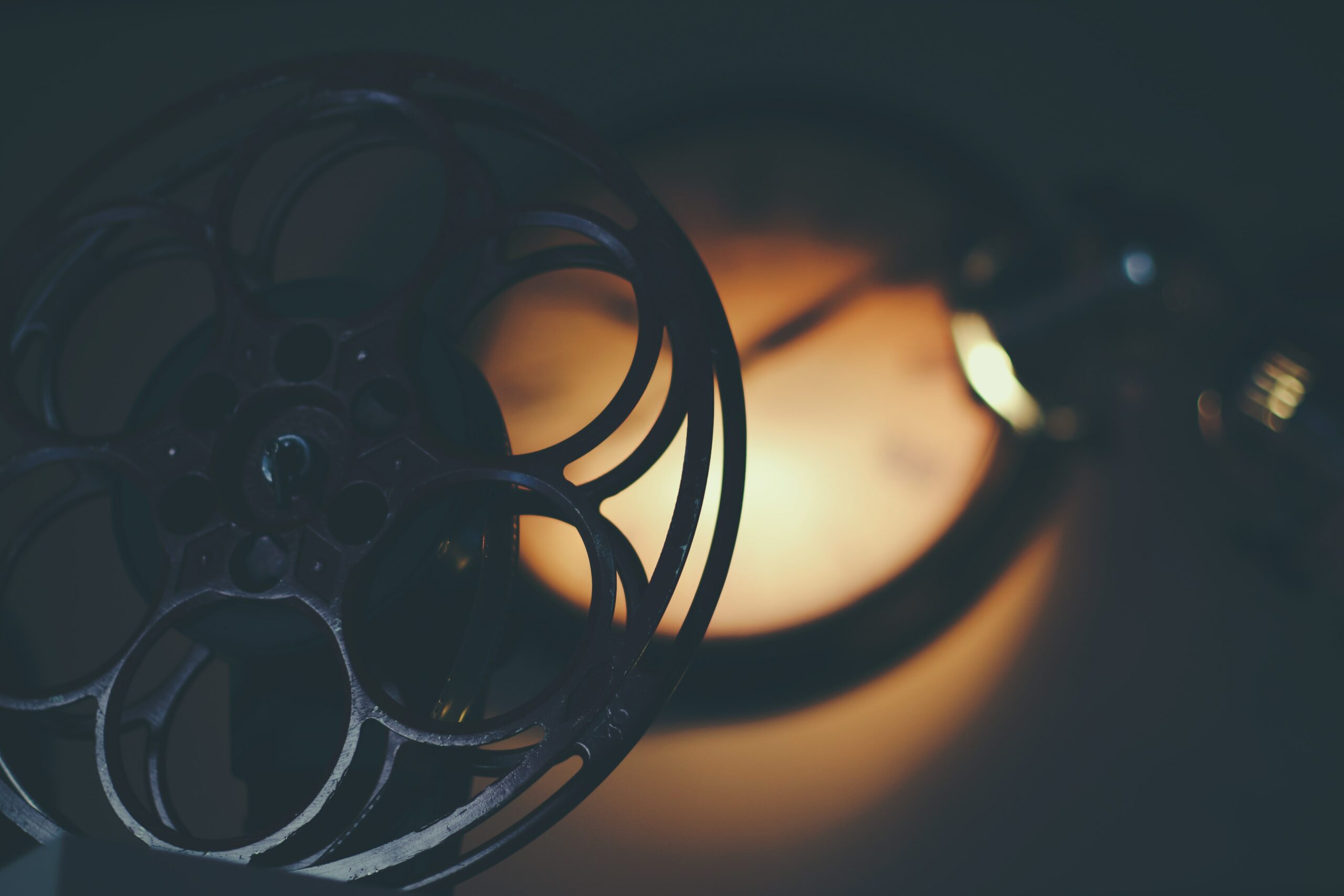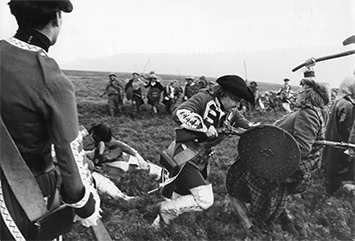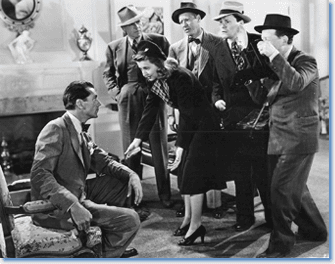Television documentaries have become, for better or for worse, the medium through which most Americans learn about the nation’s past. Ken Burns reached 39 million viewers with The Civil War, and since the various episodes are constantly replayed, the number continues to rise.
It is possible to make both too much and too little of this. Most documentaries reach much smaller audiences. The week that I checked the Nielsen Basic Cable Ratings, the History Channel, for example, was getting drubbed by World Championship Wrestling, Rugrats, and Angry Beavers. But that the History Channel should even be in the running with World Championship Wrestling and that many Americans regard Ken Burns’s documentaries as major intellectual events is the real news. It is important news.
Compared to the audience for academic histories, the audience for television documentaries is, even at its lower levels, a mass audience. But too sharp a division between academic histories and television documentaries is wrong because many academics serve as advisers or talking heads on these films, and the work of others often provides material for these films. This is not always a happy partnership. In documentaries academics are only performers or advisers; they control neither the content nor the form of the film. And even when writers and filmmakers are sympathetic to historians’ concerns, the limits of the medium and the commercial demands of the product impose limits that often frustrate historians. Many, perhaps most, academic historians react to even the most successful documentaries with a combination of ridicule and dismay. Academics often turn petulant and angry when documentaries command a large audience for what they regard as a flawed product.
Over the past 10 years, I have worked as an adviser or been a talking head for a half-dozen or more documentary film projects, and in each there are always moments when the historian confronts the limits of television, filmmakers, and the television audience. The objections are predictable. I or one of my colleagues rebel against telling an iconic story yet one more time. One of us thinks that there might be a means other than a straightforward narrative to convey the complexities of both the past and re-creating the past. Or one of us thinks that the entire world does not always break down into a binary cast of characters: whites versus Indians, North versus South, slaves versus masters, men versus women. The director has a stock reply: “The camera loves a story.” Unpacked, this means the camera not only loves a story, it likes a clear, simple, and familiar story, and it is particularly fond of stories about guys. Men face the unknown; men face other men; men triumph over injustice; men abuse nature; nature challenges men. What more can history hold?
Several problems are intertwined in these objections. The first is that only certain kinds of history get much play in documentaries. Many filmmakers are still unwilling to move beyond biography and war. Even when they seem to, as in Steve Ives’sThe West or Ken Burns’s Baseball, they rely on capsule biographies to carry the weight. This is a matter of commercial conservatism and playing to existing taste, but it is not an overwhelming obstacle to other kinds of filmmaking. The kind of social and cultural studies that dominate professional history today are rare but not totally absent in documentaries. The recent filming of Laurel Ulrich’s A Midwife’s Tale, which transcends the conventions of film biographies, is one example; the work of Michael Farrell of Nebraska ETV provides others.
More critical is the limit of the medium itself. Documentaries are primarily a visual medium and, secondarily, an oral medium. Academic history is primarily a print medium. With the exception of art historians and historians of photography, we adjust slowly to the primacy of pictures. As I worked on The West and came to admire Geoff Ward, the lead writer, I was fascinated with the kind of writing that works on documentaries. After a year or so, I told him that I thought that I finally understood the secret. “It’s all topic sentences,” I said. He considered this. “No,” he said. “There are no topic sentences. The pictures are the topic sentences.”
Precisely because pictures are topic sentences, filmmakers use pictures in ways that historians regard as cavalier. They want pictures that will carry the idea. If the idea is, for example, prostitution in the West during the California gold rush and the most powerful representation of western prostitutes is a picture taken during the Alaskan gold rush a half century later, many filmmakers will take the powerful picture. They want a powerful topic sentence rather than authenticity. It is not that they don’t recognize the provenance of the pictures. They often know more about the pictures than we do and use them anyway. It drives historians crazy. Directors shrug. Given the choice between a somewhat deceptive photograph and a talking head, the photograph wins most every time.
The final problem is the most perplexing. Most of the filmmakers that I have worked with do what they do with a great deal of craft and seriousness of purpose. Although the public often thinks of them as historians who work in film, most of them, more accurately, think of themselves as filmmakers who tell stories about the past. Precisely because many filmmakers do not usually think like historians (although when, as with Geoff Ward, their writers are historians, advisers have powerful allies), they have forced me, as an adviser, to think about how historians do think. Historical documentaries force together rival ways of re-creating the past. And when they do so, film often makes the limits of academic history glaringly apparent.
By academic history I mean professional history as it has developed in the West over the last two centuries. History involves a reliance on documentary evidence, a fixation on chronology, a belief in contingency rather than some larger teleological or conspiratorial order in explaining events, a preference for complexity over simplicity, and a sense of the past being a foreign country where people follow rules different than our own. Such practices sound more complicated than they are, but such basic requirements are not necessarily shared by documentary filmmakers, or, for that matter, by their audiences.
Let me focus on just one of these academic rules: the past is another country. Most filmmakers seek an emotional impact. They want to engage their viewers in a story by creating sympathy for their characters. And the quickest way to establish sympathy is to make the viewer feel that the subjects of a film are people like them: people who share their concerns, ambitions, and beliefs. Once the viewer feels these characters are their historical surrogates, then they can fully empathize with the characters’ historical travails. Feeling a character’s pain or joy is, in late 20th-century filmmaking as in politics, a mark of success.
But in documentary films, this can be a dangerous success because it encourages instincts of filmmakers that are fundamentally ahistorical. Most filmmakers seek to eliminate the strangeness of the past because strangeness is an obstacle to empathy. They want historical figures to seem like people next door, or at least people from the front page. They want to create a past populated by people who differ from us only in that they dress funny and talk funny. Such history is only a costume drama, and when documentaries yield to such temptations they are no different from recent Hollywood costume dramas such as Dances with Wolves or Last of the Mohicans or most historical novels. History becomes only a matter of getting the setting and the costumes correct to the last detail. The characters are just like us. Nothing important ever really changes. Human nature is constant. But if this is so, then historical narratives have nothing to teach us.
As an adviser on documentaries I find myself trying to get filmmakers to look for the unfamiliar as well as the familiar. I urge them to create a world that appeals to viewers as much because it is strange and foreign as because it is easily recognizable. But even as I do so, I have been forced to realize that my way of seeing the past—as valuable as I think it is—is a matter of training and rules. It is cultivated, exotic, and peculiar. In one of those idiot insights that mark my own intellectual life, I realized that I am the only historian in my family even though I live in a family obsessed by the past.
This is a recognition that came to me as I completed a book about my mother. The book, Remembering Ahanagran, involves a comparison of my mother’s stories about her girlhood in Ireland, her immigration to America, and her eventual marriage to my father with materials that I, as a historian, could recover about these same events. It is a book about memory and history: two different ways of making sense of the past, indeed of constructing a past. And I realized that in doing the book, I was coming back to many of the same issues that were raised in my work with filmmakers.
My mother treasures what many filmmakers treasure: memory. Memory—a persuasive witness speaking movingly to the camera—is what filmmakers love. It is the past carried in bodily form into the present. Filmmakers like to pretend that memory is synonymous with history, but history, I have come to realize, is the enemy of memory. Memory is a living thing. It exists in the minds of living human beings and cannot be separated from them without becoming something else. Memory constantly rearranges the past to make sense of the present. It is as much about who we are now as who we were then.
History, too, rearranges the past to make sense of the present, but historians work with dead things, things not so malleable as memory. We base our faith on dead things—documents, artifacts—that are supposed to change even as interpretations change. Our faith is the footnote. History, while very much an act of creation and interpretation in the present, is far less free than memory. It is anchored to the dead stuff that the past leaves among us.
A filmmaker loves a persuasive storyteller, but the persuasiveness of memory can yield a wonderful film that is very bad history. I still believe in urging filmmakers toward history, but I have come to have more respect for other ways of constructing the past that are apparent in film: the creation of public memory, the elucidation of private memories, even the creation of myth. These are all ways of constructing the past that are more than just corrupted forms of history; they will always rival history in influence. And if historians do not participate actively in the documentary endeavor, other constructions of the past will continue to overwhelm the influence of history. Our job is not to eliminate myth and memory. They cannot be suppressed, but they need to be engaged in conversation with history and their differences from history made clear. Their limits, as well as the limits of history, need to be made clear.
History is but one way of presenting the infinite complexity of the past. When I started being an adviser on films, I had a much clearer sense that history represented our only valid use of the past. Although I remain committed to academic history, I no longer think that it is the only legitimate way, and certainly not always the most effective way, to recall and use the past on film.
But history still has its own cachet and authority. These documentaries, after all, claim to be historical documentaries even though at their most moving moments they are usually mobilizing memory and myth. Our role is not just a matter of helping them get the facts right. There are grounds for interesting intellectual engagements that can benefit us and increase the power of our own constructions of the past as much as they can help filmmakers create more sophisticated and compelling documentaries. But first, each of us—historians and filmmakers—has to achieve a clearer sense of what we are about and why we so often disagree.
Richard White teaches at Stanford University.


